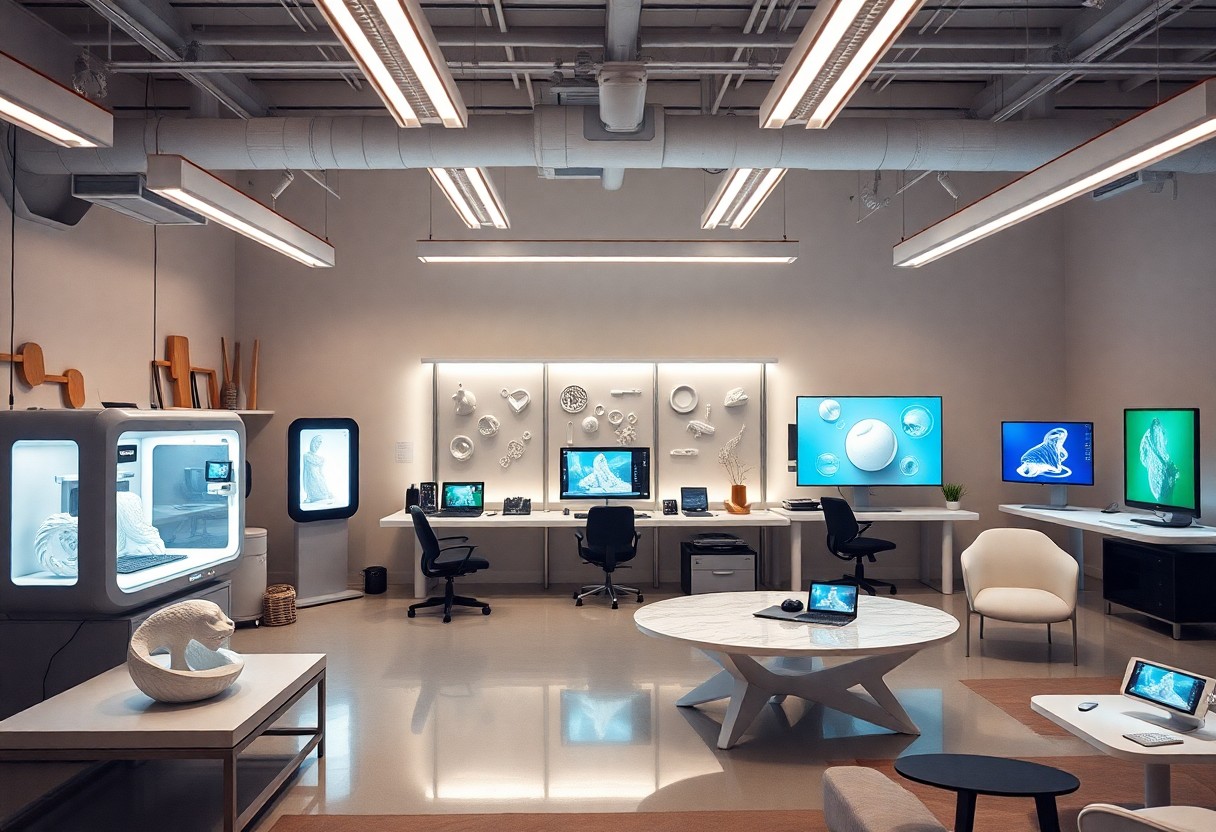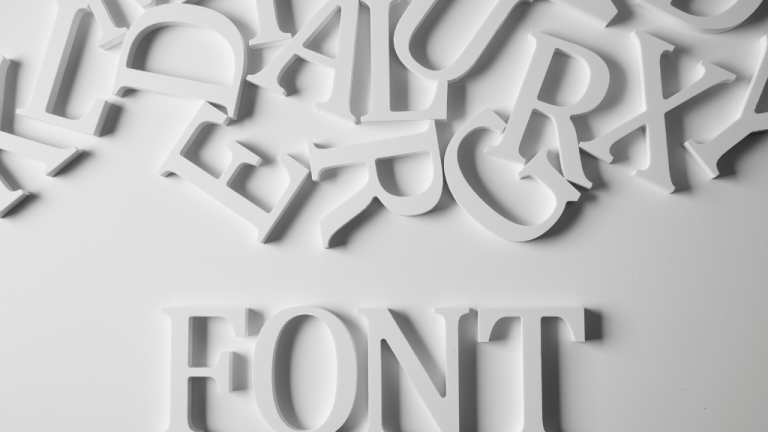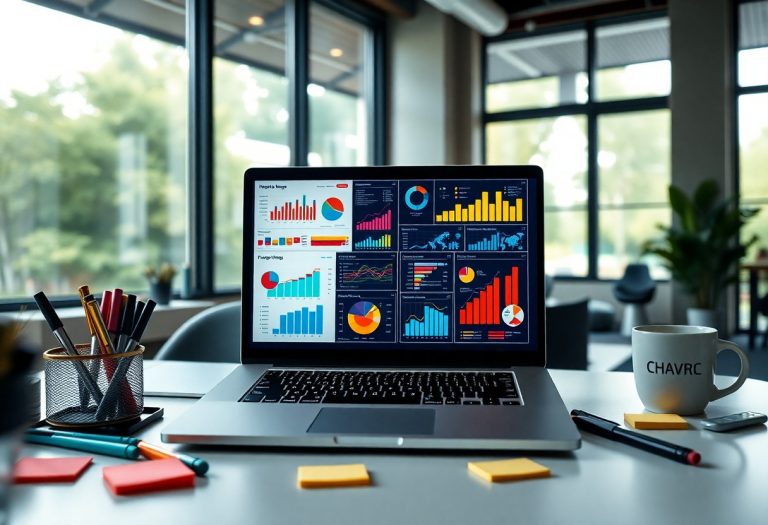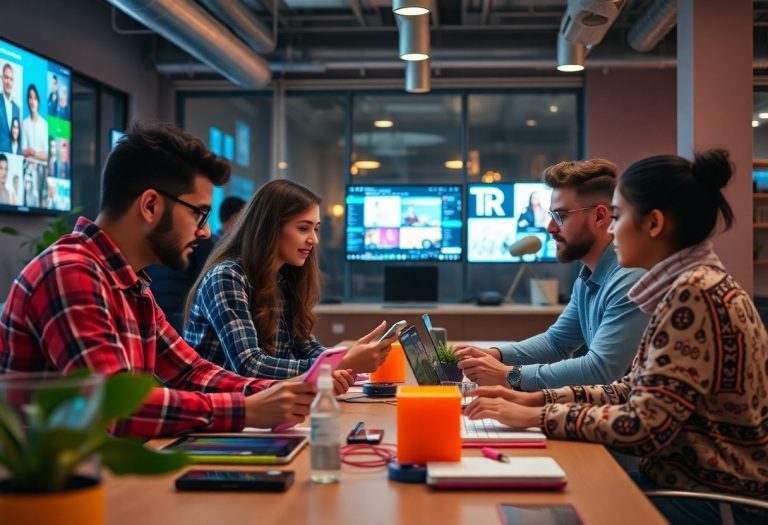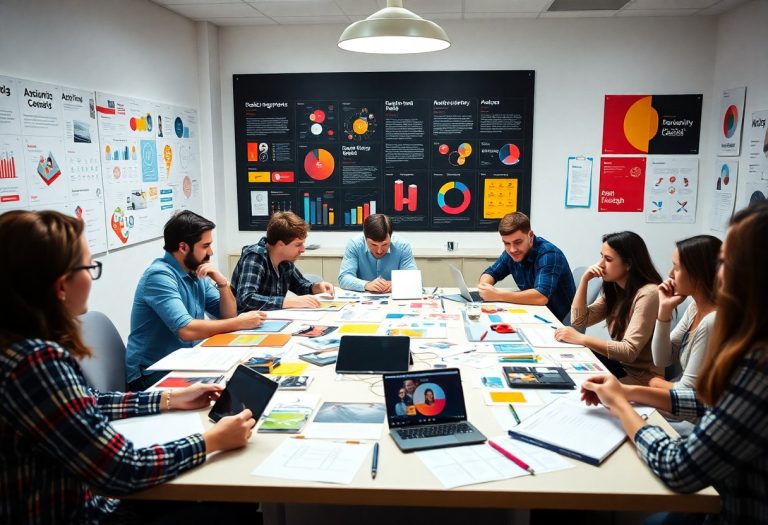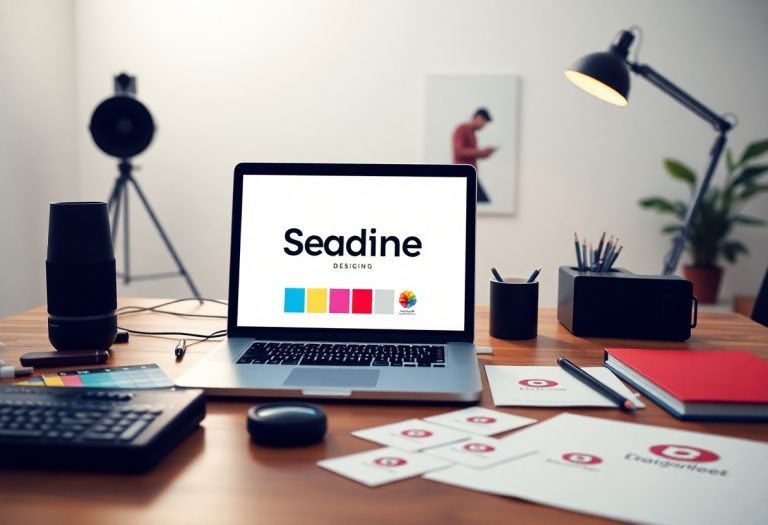The Future of Design – Emerging Technologies and Trends to Watch
Design is evolving rapidly, driven by emerging technologies that are redefining how you create and interact with your work. As you navigate this dynamic landscape, understanding the latest trends will empower you to stay ahead and harness innovative tools that enhance your creative process. From AI-driven design software to sustainable materials, this blog post explores crucial developments to watch, ensuring your skills and insights remain relevant in the ever-changing design world.
The Impact of Artificial Intelligence on Design
Artificial intelligence is revolutionizing design by automating processes, enhancing creativity, and providing data-driven insights. Your ability to generate design concepts and iterations has significantly increased, allowing you to focus on innovation rather than repetitive tasks. AI algorithms analyze user data and trends to predict successful design outcomes, making your projects more effective and tailored to target audiences.
AI-driven Design Tools
AI-driven design tools, like Adobe Sensei and Canva’s Magic Resize, empower you to streamline workflows and produce optimized graphics with ease. These technologies utilize machine learning to assist in tasks such as color selection and layout adjustments, enabling you to create visually compelling content faster than ever. By leveraging these tools, you can enhance your design efficiency and explore new creative avenues.
Ethical Considerations in AI Design
As AI technologies become integral to design processes, ethical considerations gain prominence. The potential for bias in AI algorithms raises questions about inclusivity and representation in design outputs. Your responsibility includes ensuring that AI systems are trained on diverse datasets, preventing perpetuation of stereotypes and discrimination. Furthermore, transparency around AI-generated content is imperative as you navigate intellectual property and originality challenges.
Ethical considerations in AI design extend beyond just algorithmic fairness. There is an ongoing debate around the authenticity of AI-generated designs and their impact on human creativity. As AI tools generate increasingly sophisticated outputs, you face the dilemma of distinguishing between human and machine-created work. This raises questions about authorship and intellectual property rights, as ownership becomes murky in a landscape where AI can mimic styles and produce original pieces. Establishing guidelines and standards will be vital in ensuring that design remains a human-centered practice amidst these technological advancements.
Virtual and Augmented Reality in Design
Virtual and augmented reality (VR and AR) are transforming design processes, allowing for enhanced visualization and interaction. These technologies enable designers to create immersive environments where you can explore and manipulate 3D objects in real-time. By integrating VR and AR, your design can evolve through immediate feedback, promoting a more iterative and collaborative approach to problem-solving.
Immersive User Experiences
Immersive user experiences through VR and AR engage users like never before, creating a sense of presence that traditional mediums cannot achieve. You can visualize how design elements interact with environments, allowing for a deeper emotional connection to the project. This level of immersion fosters creativity, enhances learning, and ultimately enriches the user’s journey through your designs.
Applications in Architecture and Product Design
In architecture and product design, VR and AR offer practical tools for visualization and client presentations. You can evaluate spatial relationships, lighting effects, and material choices in a virtual setting. This not only streamlines the design phase but also facilitates client buy-in, as they can walk through a digital twin of their space or product before actual production.
For instance, companies like IKEA utilize AR to let customers visualize how furniture would look in their homes before making a purchase. Similarly, architectural firms employ VR to create immersive walkthroughs of buildings, allowing clients to experience spaces as they will exist in reality. The ability to visualize designs in real-time helps minimize costly revisions, ensuring that your final products align closely with client expectations and desires. By adopting these technologies, you elevate your design practice and stay ahead in a competitive market.
Sustainable Design Practices
Sustainable design practices are becoming integral to modern design, focusing on reducing environmental impact while meeting human needs. By integrating eco-friendly methods, you can enhance the longevity of products and promote a healthier ecosystem. This shift not only addresses pressing environmental concerns but also resonates with consumers increasingly demanding sustainable options, making it a competitive advantage in the design landscape.
Eco-friendly Materials and Solutions
Incorporating eco-friendly materials into your designs is important for sustainability. Options such as reclaimed wood, bamboo, and recycled metal minimize resource extraction and waste while maintaining aesthetic appeal. Utilizing non-toxic paints and finishes also contributes to healthier indoor environments. By prioritizing these materials, you demonstrate your commitment to environmental stewardship and attract environmentally conscious clients.
Trends in Circular Economy
The circular economy is shifting the paradigm of traditional design practices by emphasizing the lifecycle of products. Rather than the linear “take-make-dispose” model, this approach encourages you to design for longevity, reuse, and recycle. By embedding sustainability into your product development, you not only reduce waste but also create a robust market that values resource efficiency and innovation.
One compelling aspect of the circular economy is the rise of companies that offer services for product repair and refurbishment. For example, brands like Patagonia advocate for recycling and repairing their outdoor gear, encouraging customers to return items instead of discarding them. You present an opportunity to innovate around product take-back schemes and modular designs that allow for easy upgrades and repairs. By embracing these concepts, your designs can contribute to closing the loop in the economy while appealing to increasingly eco-conscious consumers.
The Rise of Biophilic Design
Biophilic design is reshaping interiors by emphasizing a connection to nature, promoting well-being, and enhancing aesthetic experiences. As urbanization accelerates, integrating natural elements into built environments has gained traction, fostering healthier spaces that resonate with human instincts. Key aspects include incorporating natural light, organic materials, and vegetation, which create environments that nurture both mindfulness and creativity. By incorporating biophilic principles, you can create spaces that not only look good but also support sustainability and human health.
Integrating Nature into Spaces
Integrating nature into your spaces involves utilizing plants, natural lighting, and organic materials that mimic the elements of the outdoors. You can achieve this through vertical gardens, large windows for daylight, or using wood and stone finishes that evoke a sense of the natural world. This approach transforms otherwise sterile environments into engaging, life-affirming spaces that enhance your connection to nature, making your surroundings more inviting and enjoyable.
Psychological Benefits of Biophilic Elements
Incorporating biophilic elements in your design can significantly enhance psychological well-being. Studies indicate that exposure to nature can reduce stress, lower blood pressure, and enhance mood. By integrating features like greenery, water elements, or natural light, you mitigate the effects of urban living, which can often lead to anxiety and fatigue. Your spaces become not just functional but nurturing, encouraging a sense of calm and productivity.
Research shows that individuals who work in biophilic-designed environments experience a 15% increase in well-being and productivity compared to those in traditional offices. For instance, a study by Human Spaces revealed that simply adding plants can reduce feelings of tension and anxiety by up to 37%. Furthermore, the presence of natural light and views of greenery is linked to heightened creativity and reduced absenteeism in workplaces. By consciously incorporating these elements, you cultivate spaces that are not only visually pleasing but also inherently supportive of your mental health and overall satisfaction.
The Next Generation of User Experience
The evolution of user experience is poised for a dramatic shift as designers embrace cutting-edge technologies to create more intuitive and engaging interactions. Emerging trends are steering design toward a more personalized, immersive approach that anticipates user needs and preferences, ultimately enhancing satisfaction and usability. By harnessing data analytics and innovative technology, designers can craft experiences that resonate on a deeper emotional level, ensuring users feel seen and valued in every interaction.
Personalization and User-Centric Design
As design continues to evolve, personalization stands at the forefront, enabling you to tailor experiences based on individual preferences and behaviors. Techniques such as adaptive layouts, customized content, and predictive analytics allow for unique interactions that respond to your specific needs. Users increasingly expect interfaces that learn from their habits and preferences, creating a harmonious relationship between the user and the product. This shift leads to stronger engagement and loyalty, making user-centric design more vital than ever.
Voice and Gesture Interfaces
Voice and gesture interfaces are redefining user interactions by offering hands-free and natural ways to engage with technology. You can communicate with devices through simple vocal commands or intuitive gestures, thereby enhancing accessibility and convenience. This shift not only streamlines tasks but also caters to a diverse range of users, including those with disabilities, emphasizing inclusivity in design.
Voice and gesture interfaces leverage advancements in natural language processing and computer vision, allowing your commands to be executed with remarkable accuracy. Technologies like Amazon Alexa and Apple’s Siri demonstrate how voice recognition has become commonplace in daily interactions, making it easier for you to manage tasks and control smart devices effortlessly. Meanwhile, gesture control in products like the Leap Motion and Microsoft’s Kinect offers intuitive navigation, enabling a seamless experience that eliminates the need for traditional input devices. As these technologies mature, the integration of voice and gesture interfaces will broaden, shaping a future where interacting with devices feels as natural as conversation itself.
3D Printing and Custom Fabrication
3D printing is revolutionizing design by enabling unprecedented levels of customization and innovation in fabrication. With the ability to create complex geometries and intricate designs, you can push the boundaries of traditional manufacturing. The technology not only enhances design capabilities but also shortens prototyping timelines, allowing for rapid iteration and feedback. As materials continue to diversify, including bioplastics and metals, this shift in fabrication processes can lead to more sustainable production methods and decreased waste.
Redefining Manufacturing Processes
Manufacturing processes are undergoing a significant transformation with the integration of 3D printing. Traditional production methods often involve numerous steps and large quantities of materials. In contrast, additive manufacturing allows you to produce items layer by layer, reducing raw material waste and minimizing lead times. This flexibility means you can easily adapt to market demands and create small batches of customized products that cater directly to consumer preferences, fundamentally changing the manufacturing landscape.
Implications for Customization and Accessibility
Customization and accessibility are fundamentally altered by 3D printing technology. You can design and produce items tailored to personal specifications, ensuring that consumer needs are met on an individual basis. This approach diminishes the limitations of mass production, allowing for products that accommodate various needs and preferences, from orthotics to unique home decor pieces. Additionally, as 3D printing becomes more accessible and affordable, you can participate in the design and creation process, fostering inclusivity in product development.
The implications of this technology extend far beyond mere personalization. With tools like online 3D modeling software and accessible printing services, individuals can bring to life ideas previously constrained by traditional manufacturing capabilities. For instance, custom prosthetic limbs can be designed specifically for an individual’s measurements, enhancing comfort and functionality. As communities gain access to these resources, local businesses can flourish and create job opportunities, further democratizing design. This shift in accessibility not only enriches personal expression but also fosters a more diverse marketplace, reflecting your unique needs and preferences like never before.
To wrap up
Presently, as you explore the future of design, embracing emerging technologies and trends is necessary for staying ahead. Innovations such as artificial intelligence, augmented reality, and sustainable practices are shaping the landscape, offering you new tools and approaches to enhance your work. By adopting these advancements, you can create more engaging user experiences and foster greater inclusivity. Keep an eye on these developments, as they can significantly impact your design strategy and outcomes in the years to come.
